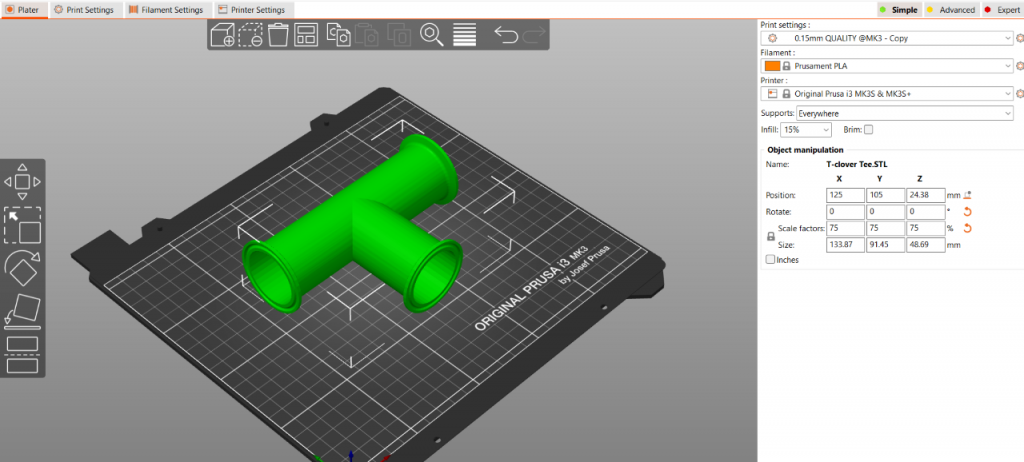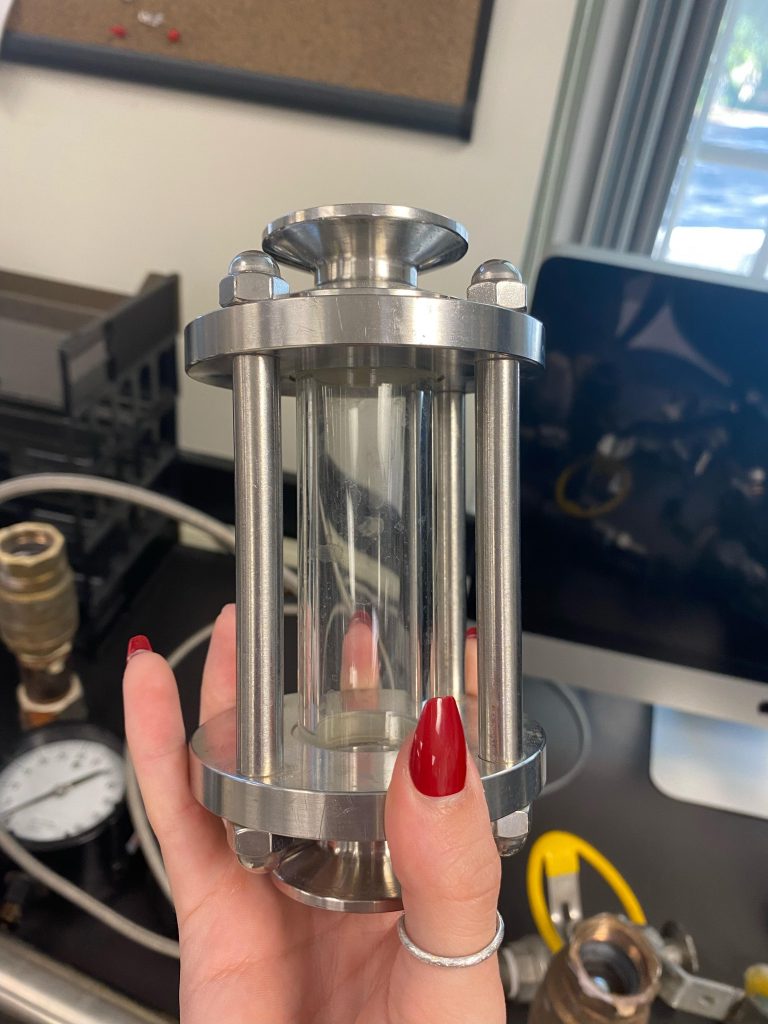Hello lovely people!
This week, EvapoGATOR has started planning for the upcoming Prototype Inspection Day (PID). This activity includes all teams in the class compiling a rough prototype of their projects to display and receive feedback on. Our team is very excited to begin this creative journey of visually showing the progress and next steps for our project.
The team is brainstorming the best ways to explain the current vacuum evaporation system and its functions, break down the main problems with the current apparatus, and showcase our ideas for creating an entirely new system. From the Preliminary Design Report (PDR), we believe we have an adequate description of the current system and its flaws, so the main thing we want to focus on for the PID is our proposed solutions for a new vacuum evaporation system.
While the system is composed of many parts from major process units like the condenser to smaller additives like the thermowell, EvapoGATOR has been deciding the best way to upgrade each.
Components We Don’t Need Help With:
- Evaporator/steam jacket
- Thermocouples/thermowell
- Buchner flask
- Flow meters/rotameters
- Pressure gauges
- Pressure relief valves
Components We Do Need Help With:
- Condenser/calandria
- Phase separator tank
- Geometric layout of the system
- How many flowmeters, valves, thermocouples, and gauges
When it comes to choosing components, some decisions are easier than others. For example, we know we’re going to buy the evaporator off-the-shelf, so we just have to search for a suitable part whose technical specs meet our needs. On the other hand, the team is planning to design and manufacture a condenser that has a major visibility component for teaching purposes, so we have to do all the heat transfer calculations for a shell and tube condenser, research materials, finalize a design, order parts, manufacture, etc. which is a much more involved process.
This will not, of course, be a functional prototype, but EvapoGATOR is hoping to deliver realistic visual representations of the components. We plan to do this by 3D printing some components of the system while also utilizing a PowerPoint presentation with visual aids.
Next week, the team will finalize our prototype plan for PID and begin our 3D prints. Our liaison, Dr. MacIntosh, has also been kind enough to allow us to showcase some parts from his lab to assist in visually representing the system.

